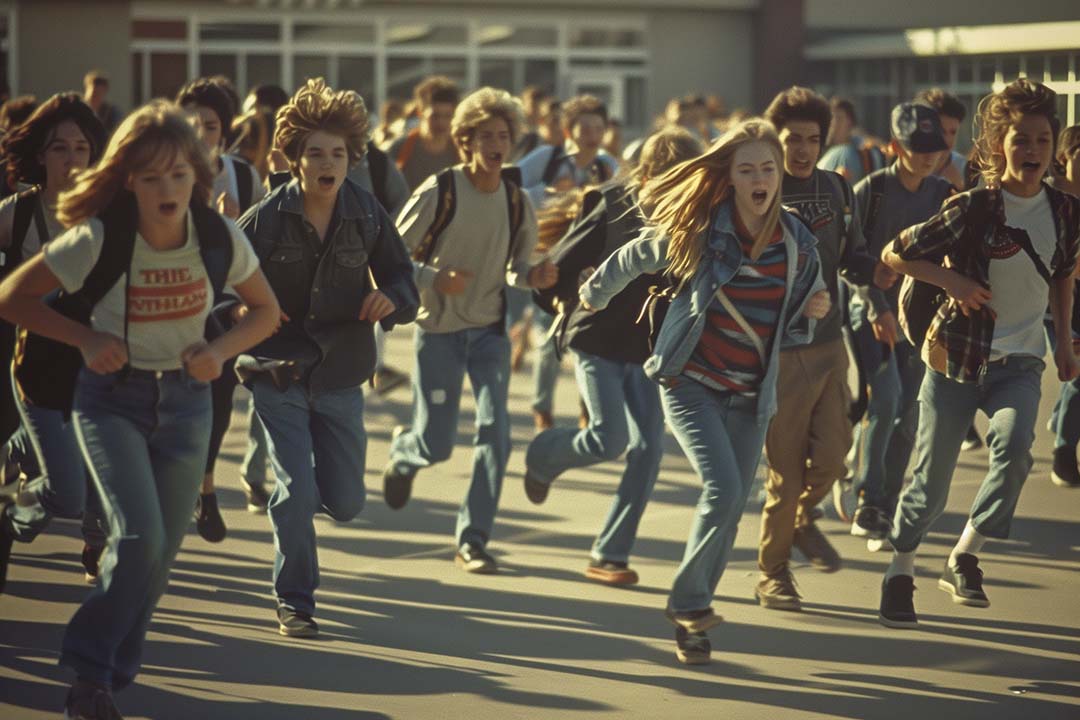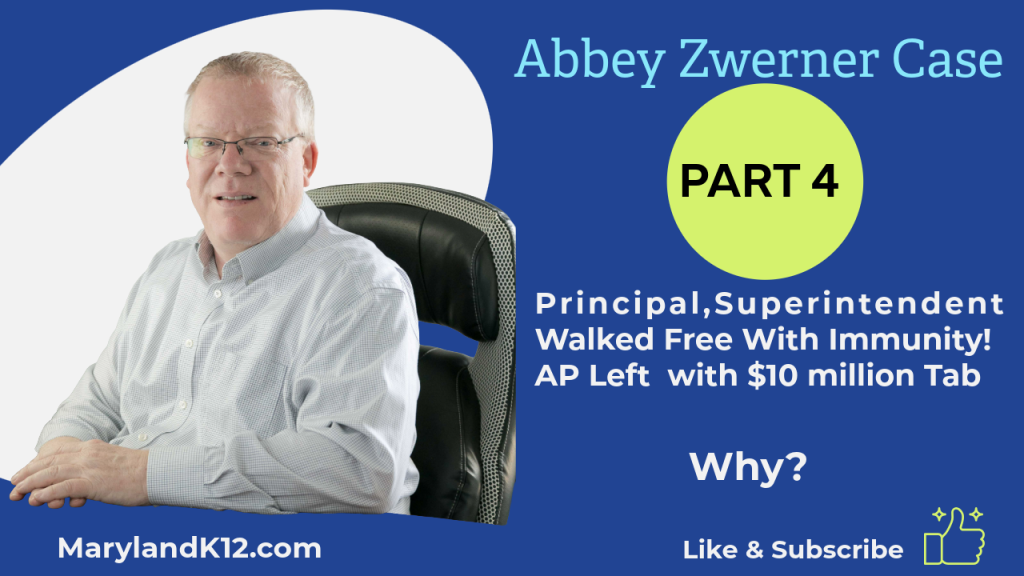
4 Tips to Keep Students’ Misbehavior From Sapping Up Class Time
With increasing pressure to catch students up academically, schools “can’t afford” another year plagued by disruptions caused by students’ worsening behavior, which can take a toll on teachers and all students in their classrooms, and consume precious instruction time, according to an education researcher.
During a webinar on Sept. 7 hosted by AASA, The School Superintendents Association, and education consulting firm EAB, experts shone a spotlight on students’ behavior and social-emotional learning challenges in an attempt to set districts up for more success this school year in addressing a problem that has risen to the top of educators’ priority lists since the return to school from pandemic closures.
“You simply can’t afford another year of the amount of turmoil we’ve seen over the past few,” said Ben Court, senior director of K-12 research for EAB. “When we think about the stability of schools, the cost of disruptive behavior hits pretty much every aspect of school operations and school success.”
Since COVID-19 prompted schools to shut their doors in 2020 (in some places for more than a year), schools have reported an increase in the frequency and severity of students’ behavioral problems. More educators identified student behavior as a top concern during the last school year compared with the 2018-19 school year, the last before the pandemic, according to EAB surveys.
Behavior was “already a top-five concern in 2018-19,” Court said, but in the 2022-23 school year, nearly 80 percent of educators—from administrators to teachers to support staff—identified behavior as a top concern, according to EAB survey data.
“We’re not seeing any new types of behavior, so to speak,” Court said. “What we’re seeing is an amplification of many of the challenges that were already encountered, but after the pandemic it’s just becoming harder and harder to manage … those incidents on a day-to-day basis.”
Students’ behavioral problems are often viewed as a classroom issue, Court said, but there are steps district leaders can take to better support teachers’ work building students’ skills like regulating their emotions and managing stress. District leaders can, for example, clearly and consistently communicate that emphasizing these skills is a priority for an entire school or district, and increase professional development opportunities so teachers can receive training in boosting students’ social-emotional skills and addressing disruptive behavior.
Below are Court’s top four tips to better manage classroom behavioral problems.
Make sure everyone is on the same page and knows what’s expected
Districts need to make sure communication and expectations about social-emotional learning are consistent from the top down.
Often, teachers will hear different messages from the district and school levels about the behavior management practices they should be using, Court said. When people don’t know what to do or what’s expected, they often fall back on what they know, which is often not the best practice, Court said. For example, an educator who isn’t clear about a school’s protocol for handling disruptive behavior may rely on exclusionary practices, like keeping a child in from recess, as punishment, even though research shows that often only exacerbates problems.
It’s also important for districts to balance professional autonomy with establishing consistency.
Court suggested striving for “defined autonomy” by empowering teachers to use their judgment, to a degree, to guide students’ behavioral learning. But school and district leaders should be clear about what practices are acceptable and why, Court said.
Without that piece, teachers “feel like they’ve got a toolbox and list of requirements, but not a full sense of the big picture of why those things matter,” he said.
Prioritize social-emotional learning, but be clear it’s not a quick fix
Educators agree that students are developmentally behind in terms of social-emotional regulation and their ability to build relationships, compared with students at the same age prior to the pandemic, according to EAB data.
Without these skills, students are more prone to outbursts that disrupt class and lead to lost instruction time. They can also have difficulty managing stress and communicating with their teachers and peers.
Social and emotional learning—teaching students how to control their emotions, empathize with others, set goals, and set goals—has been found in research to have a positive effect on students’ academics and emotional regulation, as well as skills like communication and critical thinking. But it’s not a silver bullet. Students will take time to learn the skills, and adults need to be consistent in reinforcing the skills they’re trying to teach.
Still, students’ academic needs are clear, and there’s pressure from all around to get them “caught up” in their coursework. That can make teachers question how much—or if at all—they should prioritize social and emotional learning in their classroom.
And whether it’s intentional or not, administrators are often adding to the pressure teachers feel in trying to balance academics and students’ emotional and behavioral needs, Court said.
Teacher evaluations, for example, tend to focus on the pedagogical aspects of a teacher’s performance, as opposed to classroom management. If the emphasis is placed too sharply on academic progress, however, schools and districts can easily lose sight of the fact that students aren’t able to learn if they’re not well mentally, Court said.
“We think the most impactful change that you can initiate is to change the conversation around academic and social and emotional development from being two separate conversations and intertwine them together,” he said. “Social-emotional development is actually central for academic development, and one without the other is simply not going to be successful.”
Increase training in SEL and classroom management
Teachers can’t prioritize SEL if they don’t know how to teach it and can’t effectively manage their classrooms if they aren’t taught how, Court said, so providing engaging and relevant training on the topics is paramount.
Teacher preparation programs spend the bulk of the time focused on teaching skills as opposed to classroom management, Court said. So, district-provided professional learning aligned with clear priorities for the school system could help close that gap.
It should be tailored to different roles, and there should be some way to measure participants’ understanding at the end—such as with a quiz. Districts should consider making at least some behavioral and SEL-focused sessions mandatory, Court said.
Maximize assistance from support staff
It’s not a quick fix, but district leaders should take the time to build and maintain relationships with other organizations that can bring more support staff into their buildings, at a time when sufficient staffing is cited by superintendents as the biggest barrier to successful behavior management, according to EAB.
Some districts, for example, have partnered with local colleges and universities so students in programs that require clinical hours can do their work in schools. That gets students the experience they need, and provides schools a reprieve from staffing challenges, Court said. And it establishes relationships that give districts a “leg up on being able to hire those students once they’ve actually graduated from their program,” he said.
“Grow-your-own” programs—which aim to bolster the pipeline of future teachers by recruiting students as early as high school to participate in and receive targeted support, or identifying current staff members to pursue teaching degrees—can also help fill staffing gaps in the future, he said.
It’s a way “to make sure that you have access to the talent you need within the people who already care about your communities,” Court said.
Along with longer-term investments in cultivating a stronger workforce, some districts have partnered with the National Education Association to train paraprofessionals in skills including mental health first aid that they can use to provide important, interim interventions for students in emergencies.
Dig Deeper With Our Longreads
Newsletter Sign up to get our best longform features, investigations, and thought-provoking essays, in your inbox every Sunday.
The MEN was founded by John Huber in the fall of 2020. It was founded to provide a platform for expert opinion and commentary on current issues that directly or indirectly affect education. All opinions are valued and accepted providing they are expressed in a professional manner. The Maryland Education Network consists of Blogs, Videos, and other interaction among the K-12 community.
Recent Video
Recent Articles
No results found.









